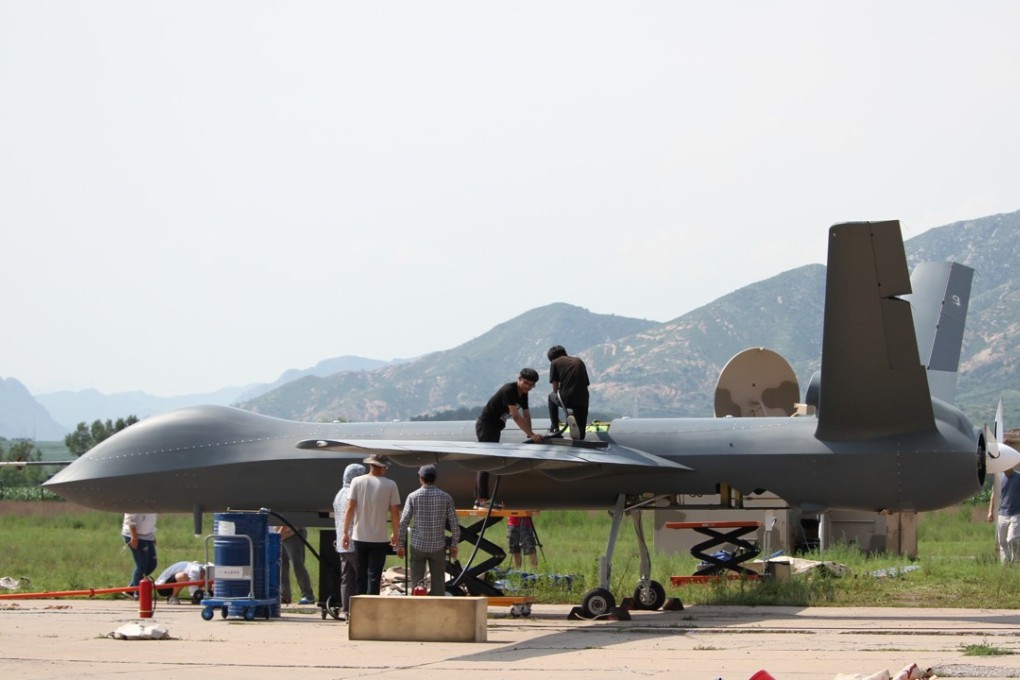China unveils its answer to US Reaper drone - how does it compare?
CH-5 Rainbow has long range and carries a strong punch, with Beijing aiming to sell the unmanned aerial vehicle for half the price of American-made top-seller

China has started commercial production of its deadliest drone for overseas users, and it could be a rival to US remotely piloted vehicles, according to a Chinese drone researcher.
Wang Song, an associate professor with the school of aeronautic science and engineering at Beihang University, said the first flight of a mass-produced CH-5 Rainbow on Friday last week meant China was ready to offer international buyers a heavy military drone with performance equalling that of the General Atomics MQ-9 Reaper, but at around half the cost.
The Rainbow flight was conducted at a military airport in Hebei province, according to Xinhua. Unlike with a test flight two years ago, the aircraft that was flown was a production model, the state news agency said.
The Reaper, or Predator B, was the world’s first unmanned aerial vehicle that could attack targets on the ground. At US$16.9 million, according to a 2013 US budget report, it was also the world’s most expensive drone.